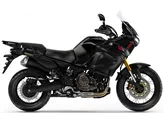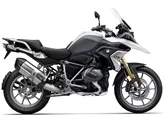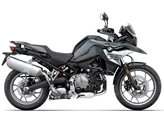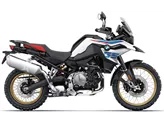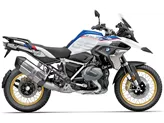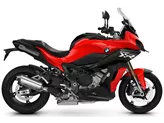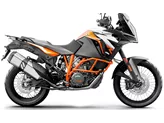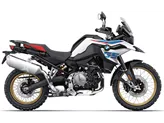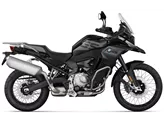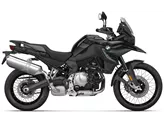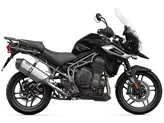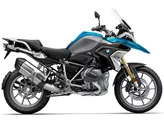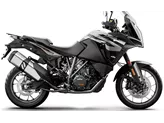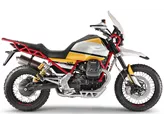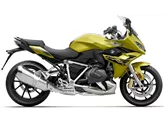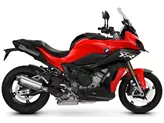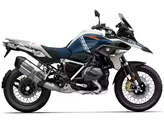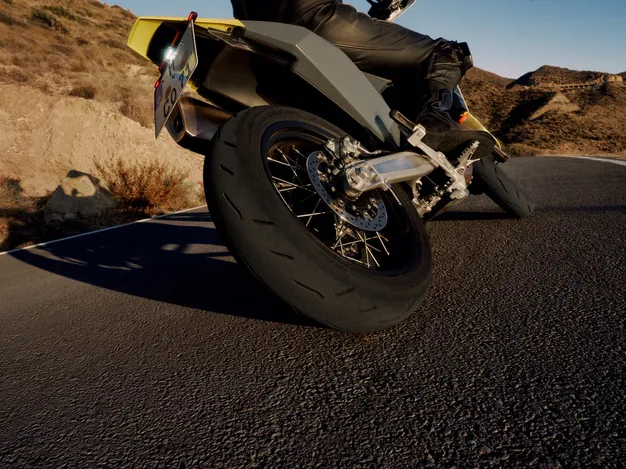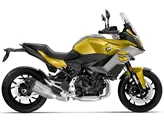BMW F 850 GS 2018 vs. BMW R 1250 GS 2020

BMW F 850 GS 2018
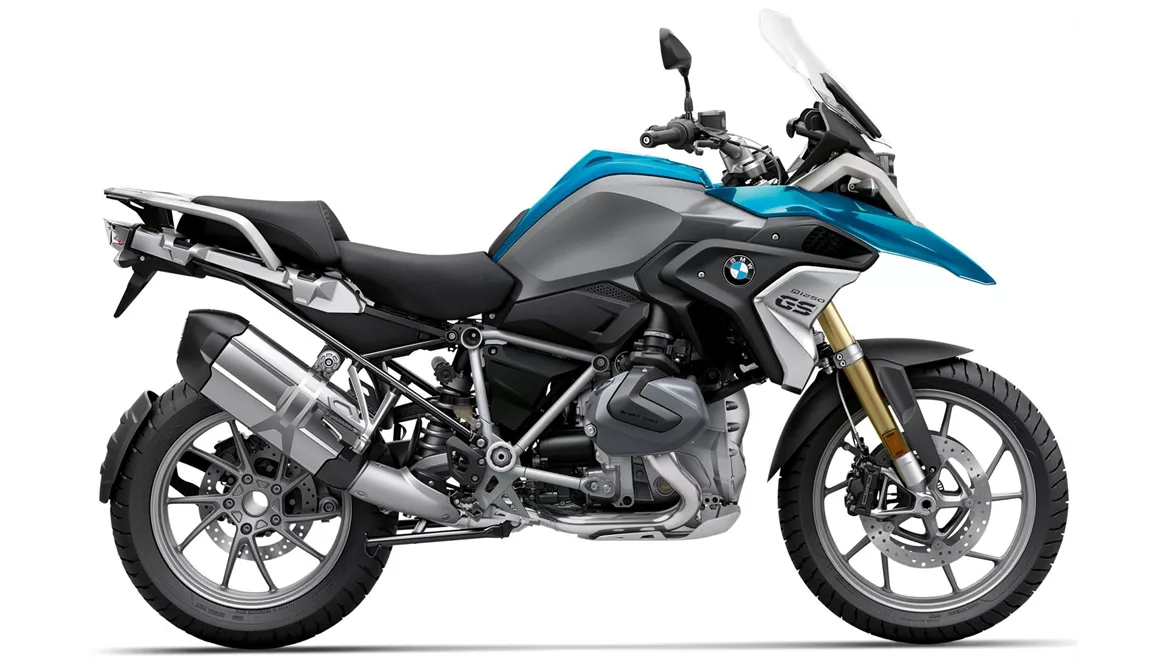
BMW R 1250 GS 2020
Vue d’ensemble - BMW F 850 GS 2018 vs BMW R 1250 GS 2020
The BMW F 850 GS model year 2018 and the BMW R 1250 GS model year 2020 are both enduro motorcycles from BMW, but they have some notable differences in terms of technical specifications and strengths.
Starting with the engine and drive train, the BMW F 850 GS 2018 is equipped with an in-line, 2-cylinder engine with a displacement of 853ccm. It produces 95 HP of power and 92 Nm of torque. The engine is started electrically and the power is transmitted to the rear wheel through a chain transmission. On the other hand, the BMW R 1250 GS 2020 features a boxer, 2-cylinder engine with a displacement of 1254ccm. It delivers a higher power output of 136 HP and a torque of 143 Nm. The engine is also started electrically, but the power is transmitted to the rear wheel through a prop shaft transmission.
In terms of suspension, the BMW F 850 GS 2018 is equipped with an upside-down telescopic fork at the front and a swing arm suspension with a monoshock at the rear. The front suspension has a diameter of 43mm and offers a travel of 204mm, while the rear suspension has a travel of 219mm and can be adjusted for preload and rebound. On the other hand, the BMW R 1250 GS 2020 features a telelever front suspension with a diameter of 37mm and a travel of 190mm. The rear suspension is a single swing arm with a monoshock and offers a travel of 200mm, also adjustable for preload and rebound.

BMW F 850 GS 2018
Both motorcycles have a steel frame, but the chassis design differs slightly. The BMW F 850 GS 2018 has a tubular, load-bearing engine frame with a rake of 62 degrees and a trail of 126mm. The BMW R 1250 GS 2020 also has a load-bearing engine frame, but with a slightly steeper rake of 62.9 degrees and a shorter trail of 109mm.
In terms of braking, both motorcycles are equipped with double disk brakes at the front. However, the BMW R 1250 GS 2020 offers additional advanced rider assistance systems such as ABS, anti-slipping control, riding modes, and ride by wire.
In terms of dimensions and weights, the BMW F 850 GS 2018 has a front tire diameter of 21 inches, a rear tire width of 150mm, and a rear tire diameter of 17 inches. It has a wheelbase of 1593mm, a seat height of 860mm, a kerb weight (with ABS) of 229kg, and a fuel tank capacity of 15 liters. On the other hand, the BMW R 1250 GS 2020 has a front tire diameter of 19 inches, a rear tire width of 170mm, and a rear tire diameter of 17 inches. It has a slightly shorter wheelbase of 1525mm, a slightly lower seat height of 850mm, a higher kerb weight (with ABS) of 249kg, and a larger fuel tank capacity of 20 liters.
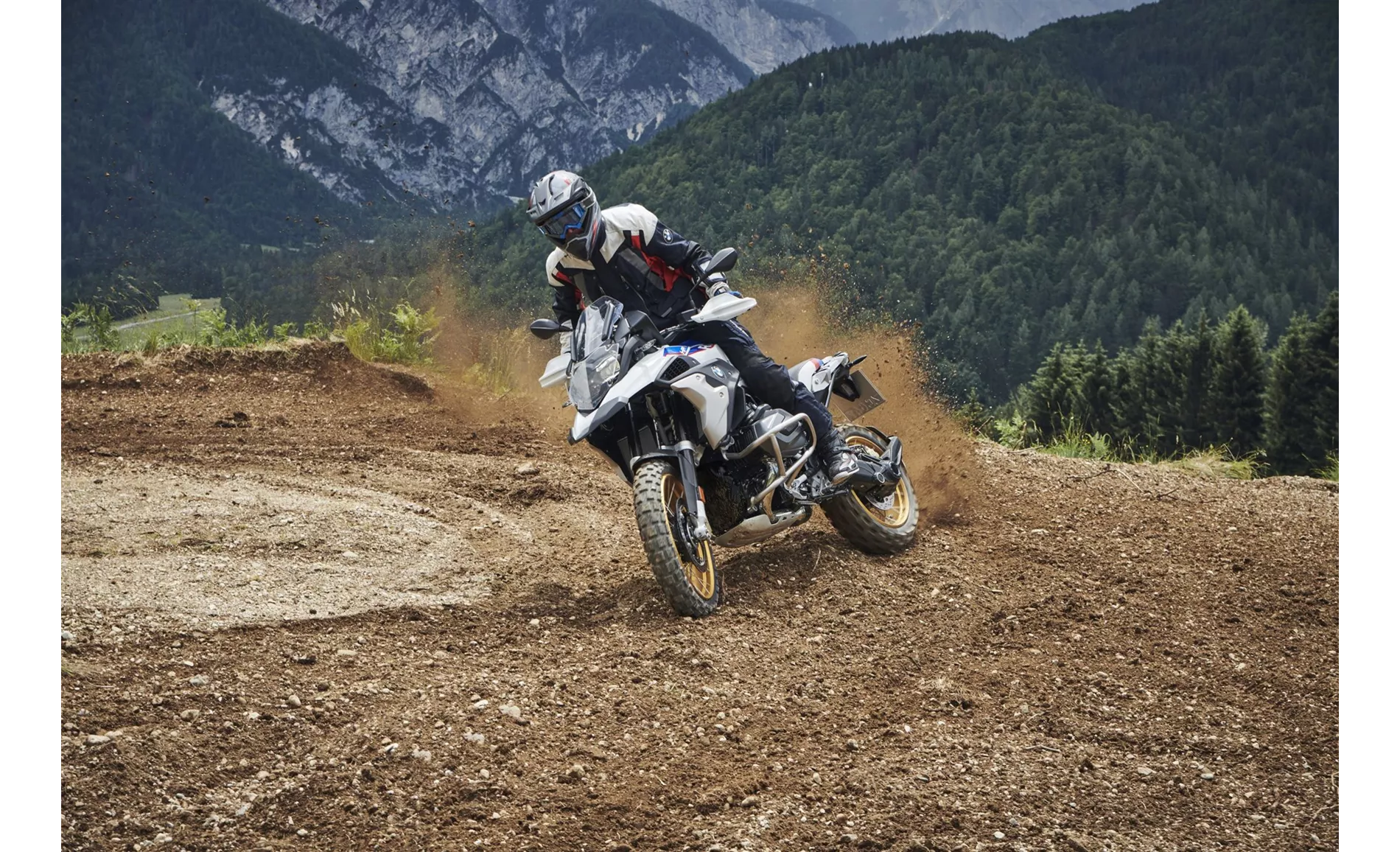
BMW R 1250 GS 2020
In terms of strengths, the BMW F 850 GS 2018 is praised for its superior engine performance, adequate braking system, very good seating position, easy handling, extensive range of accessories, riding modes, traction control, and off-road capability. On the other hand, the BMW R 1250 GS 2020 is praised for its extremely high-torque boxer engine, good sound, comfortable seating position suitable for long distances, stable braking performance, good weather protection, standard color TFT display, and LED headlights.
However, the BMW F 850 GS 2018 does have some weaknesses, including a disc that is positioned too low and a sound that could be better. On the other hand, the BMW R 1250 GS 2020 is criticized for its manageable standard equipment and a long surcharge list, as well as a jagged appearance with little elegance.
In conclusion, the BMW F 850 GS 2018 and the BMW R 1250 GS 2020 are both capable enduro motorcycles with their own strengths and weaknesses. The BMW R 1250 GS 2020 offers a more powerful engine, advanced rider assistance systems, and some additional features, but it also comes with a higher price tag and a slightly heavier weight. Ultimately, the choice between the two models will depend on the rider's specific preferences and requirements.
Caractéristiques techniques BMW F 850 GS 2018 par rapport à BMW R 1250 GS 2020
Avantages et inconvénients en comparaison
Avantages et inconvénients en comparaison
BMW F 850 GS 2018

On ne le voit peut-être pas au premier coup d'œil, mais la nouvelle BMW F 850 GS est en fait une construction entièrement nouvelle. Le châssis en acier et la transmission ont été modifiés, le moteur a été agrandi à 853 cubiques et conçu de manière encore plus puissante avec un déport de 90 degrés des manetons. La nouvelle F 850 GS se présente ainsi plus souveraine qu'excitée et convainc aussi bien sur la route qu'en off-road. La particularité de la BMW est la possibilité de la configurer exactement en fonction de ses besoins personnels grâce à une vaste gamme d'accessoires - il n'y a en fait aucune caractéristique actuellement disponible que l'on ne puisse obtenir sur sa F 850 GS. Mais cela fait aussi grimper le prix.
BMW R 1250 GS 2020
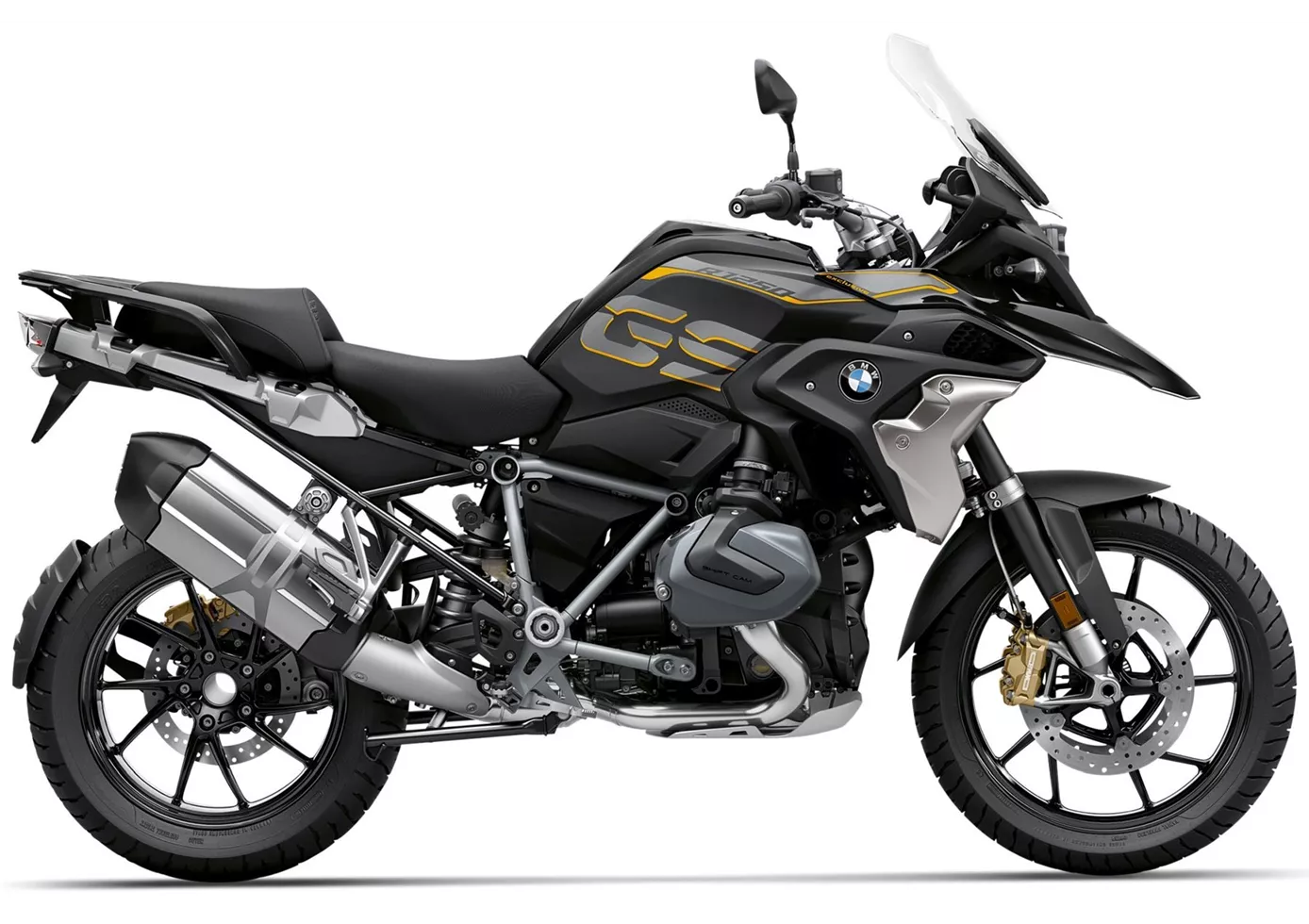
La BMW R 1250 GS est l'évolution logique de la R 1200 GS - logique surtout parce qu'on ne peut pas s'attendre à ce qu'une moto aussi populaire soit radicalement modifiée. En conséquence, le design est modifié avec précaution et les options connues sont conservées pour le châssis et l'électronique. Le nouveau nom R 1250 GS promet cependant un nouveau moteur - et il a effectivement de quoi faire ! 136 ch à 7750 tours et pas moins de 143 newtons-mètres de couple maximal à 6250 tours, c'est une véritable bombe ! BMW rénove ainsi presque parfaitement la grande GS : elle reste clairement identifiable, dispose d'un peu plus d'électronique de série, d'une liste de prix supplémentaires toujours aussi longue (que la clientèle aime cocher de A à Z) et d'un moteur encore plus performant et souverain - que peut-on demander de plus ?
Comparaison des prix Prix moyen du marché BMW F 850 GS vs BMW R 1250 GS
There are a few key differences between a BMW F 850 GS 2018 and a BMW R 1250 GS 2020. In terms of price, the actual average price of a BMW R 1250 GS 2020 is about 59% higher. A BMW F 850 GS 2018 experiences a loss of 2,440 USD in one year of ownership. This is offset by a loss of 590 USD for a BMW R 1250 GS 2020. Compared to BMW R 1250 GS 2020 there are less BMW F 850 GS 2018 bikes available on the 1000PS.de Marketplace, specifically 5 compared to 71. It takes less time to sell a BMW R 1250 GS with 43 days compared to 112 days for the BMW F 850 GS. Since model year 2018 1000PS.de editors have written 31 reviews for the BMW F 850 GS and 50 reviews for the BMW R 1250 GS since model year 2019. The first review for the BMW F 850 GS was published on 11/21/2017 and now has more than 69,800 views. This compares to more than 305,600 views for the first review on BMW R 1250 GS published on 9/19/2018.


